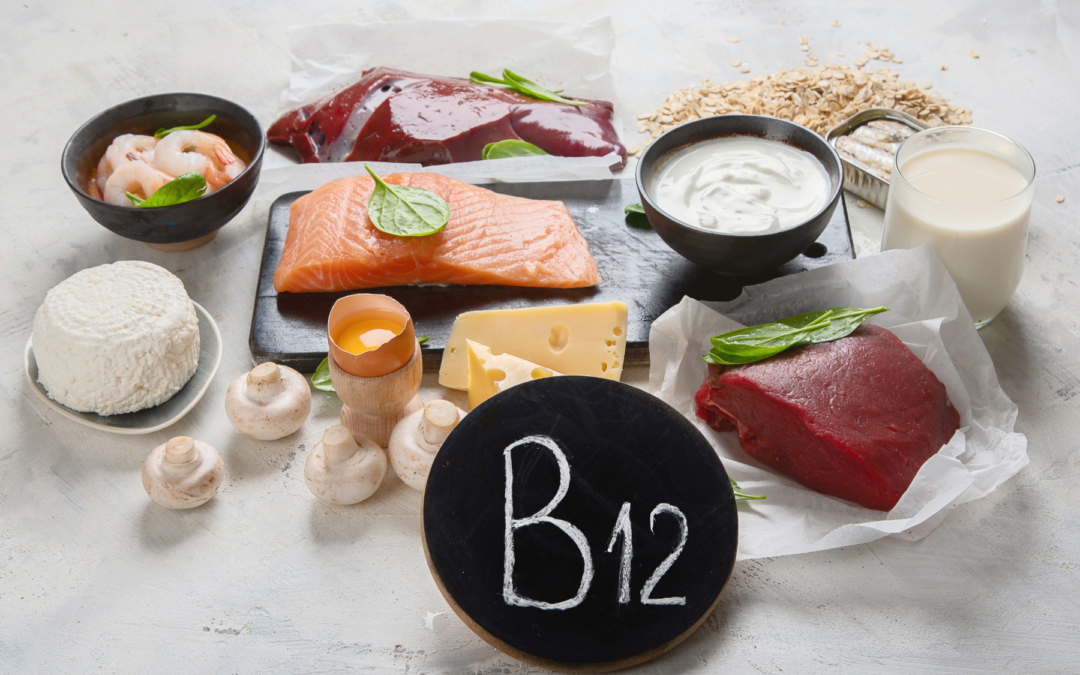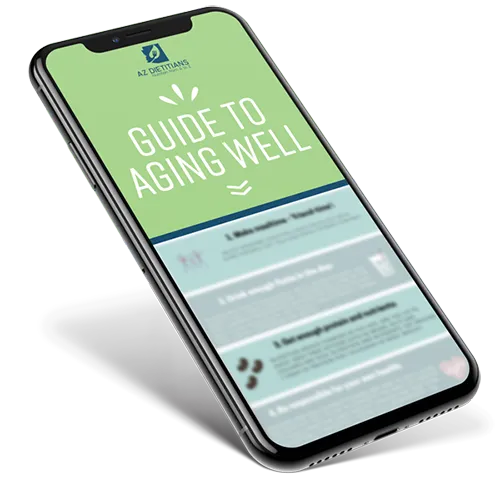If you have diabetes, insulin resistance, or are considering a low-carb diet for any other reason, you might come across the term Glycemic Index. According to how much it increases blood sugar levels, there is a Glycemic Index (GI) value for each food. In this post, we will discuss the use of this index for controlling blood sugar.
Glycemic Index: What is it?
The glycemic index (GI) is a value to measure how much a food raises your blood sugar level. Each food has a different value depending on the carbohydrate, protein, fat, and fiber content.
Other factors that influence the glycemic index of each food include the cooking method used to prepare it, its ripeness, and the amount of processing it has gone through. For example, a banana could have a glycemic index of 30 if it’s unripe or a glycemic index of 50 if it’s ripe.
The GI scale goes from 0 to 100. Foods lower on the scale cause a lower rise in blood sugar levels. Low GI foods are ranked 55 or less, Medium foods are ranked 56-69, and High foods are ranked 70 or above.
Foods in the high category usually include foods high in carbohydrates that are digested quickly such as white bread, pretzels, white rice, cake, and so on. Foods in the lower categories are usually higher in protein, fat, and fiber because these components slow digestion.
Foods that have no carbs do not have an assigned GI value. These include meat, fish, poultry, nuts, seeds, herbs, spices, and oils.
Limitations to the Glycemic Index
The GI does not take into account the food’s ripeness, how it is prepared, or what it is paired with. In addition, the GI only applies when the food is eaten on an empty stomach.
Let’s say you have a meal with salmon (0 GI), rice (73 GI), and salad (15 GI) with a vinaigrette (0 GI). Even though the rice has a high GI, the fat, protein, fiber, and acid from the other meal items will help slow down digestion and absorption of the carbohydrates. This results in a lower overall glycemic index (or glycemic load, which we’ll touch on in a bit).
The glycemic index is based on a serving of food that has 50 grams of carbohydrates. About 1 cup of rice has 50 grams of carbs, so you would see a blood sugar spike associated with rice’s GI of 73 after eating 1 cup of rice.
However, about 4 cups of beets have 50 grams of carbs, so you’d have to eat 4 cups to actually see the blood sugar spike associated with the beet glycemic index. Make sense?
Glycemic Load: What is it?
The glycemic load (GL) is a formula used to estimate the overall effect of a meal on blood sugar levels. It takes into account each food’s glycemic index. Hence, the glycemic load is the value of the combination of individual glycemic index values for a meal.
A low glycemic load is less than 10, a medium GL is 11-19, and a high GL is 20 or higher.
To calculate the glycemic load, you would multiply the carb content of a serving of one food by the foods’ glycemic index then divide by 100. I would love to walk you through how to do this for an entire meal, but Wikihow has already done it, so I recommend checking out their calculation steps here.
If you check that out, you’ll realize that it’s a LOT of math to calculate the glycemic load for a meal.
How to Use the Glycemic Index
Rather than focusing on calculating the GL for each meal, we recommend focusing on pairing high GI foods with low GI foods for better blood sugar balance. Or, instead of thinking about the glycemic index, think about pairing high-carb foods with low-carb foods for a better balance.
It’s easy to become obsessed with hitting specific numbers when following the glycemic index. Remember to aim for a balance of nutrients for optimum blood sugar, and also remember that food is still meant to be enjoyed!







